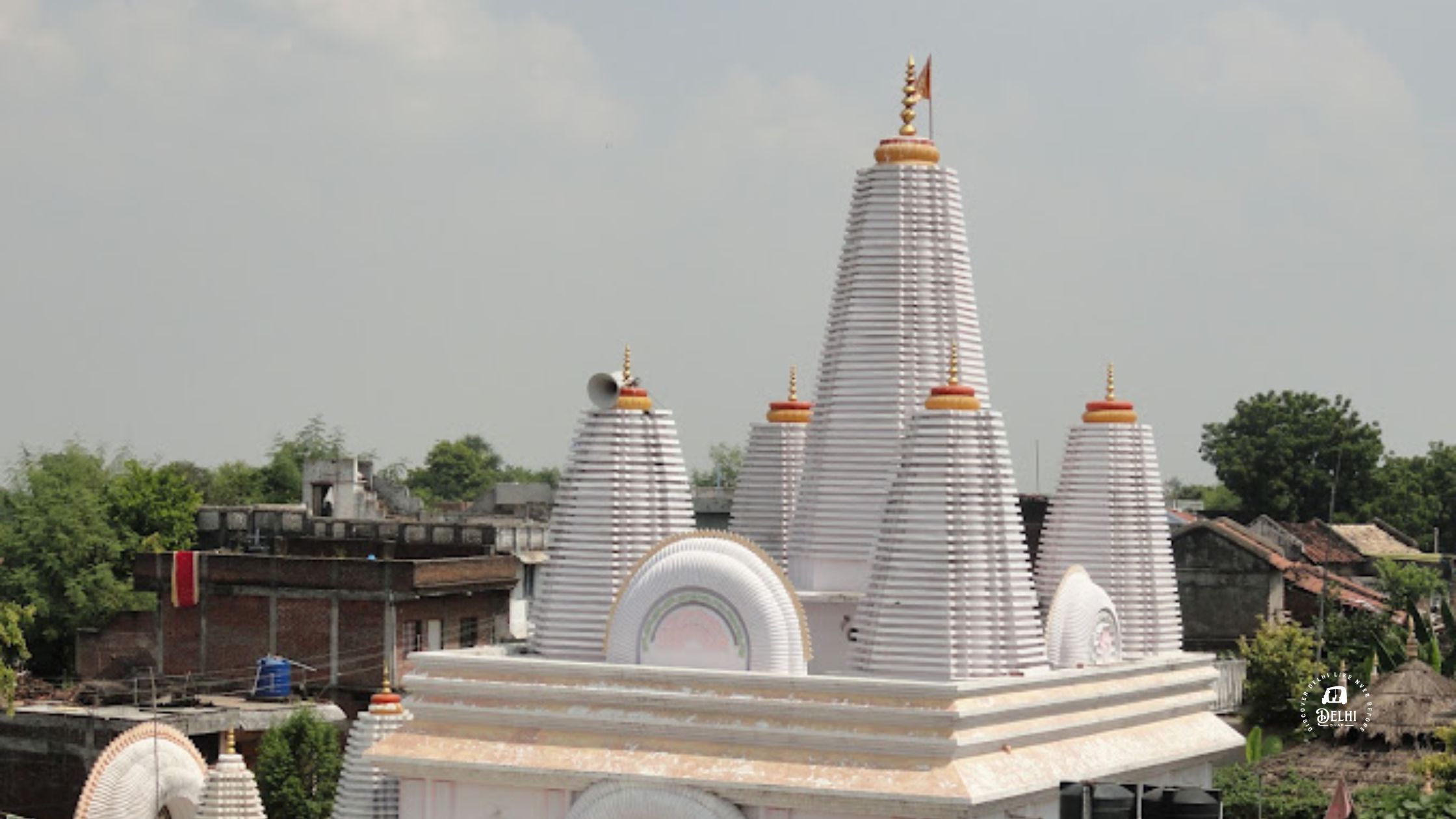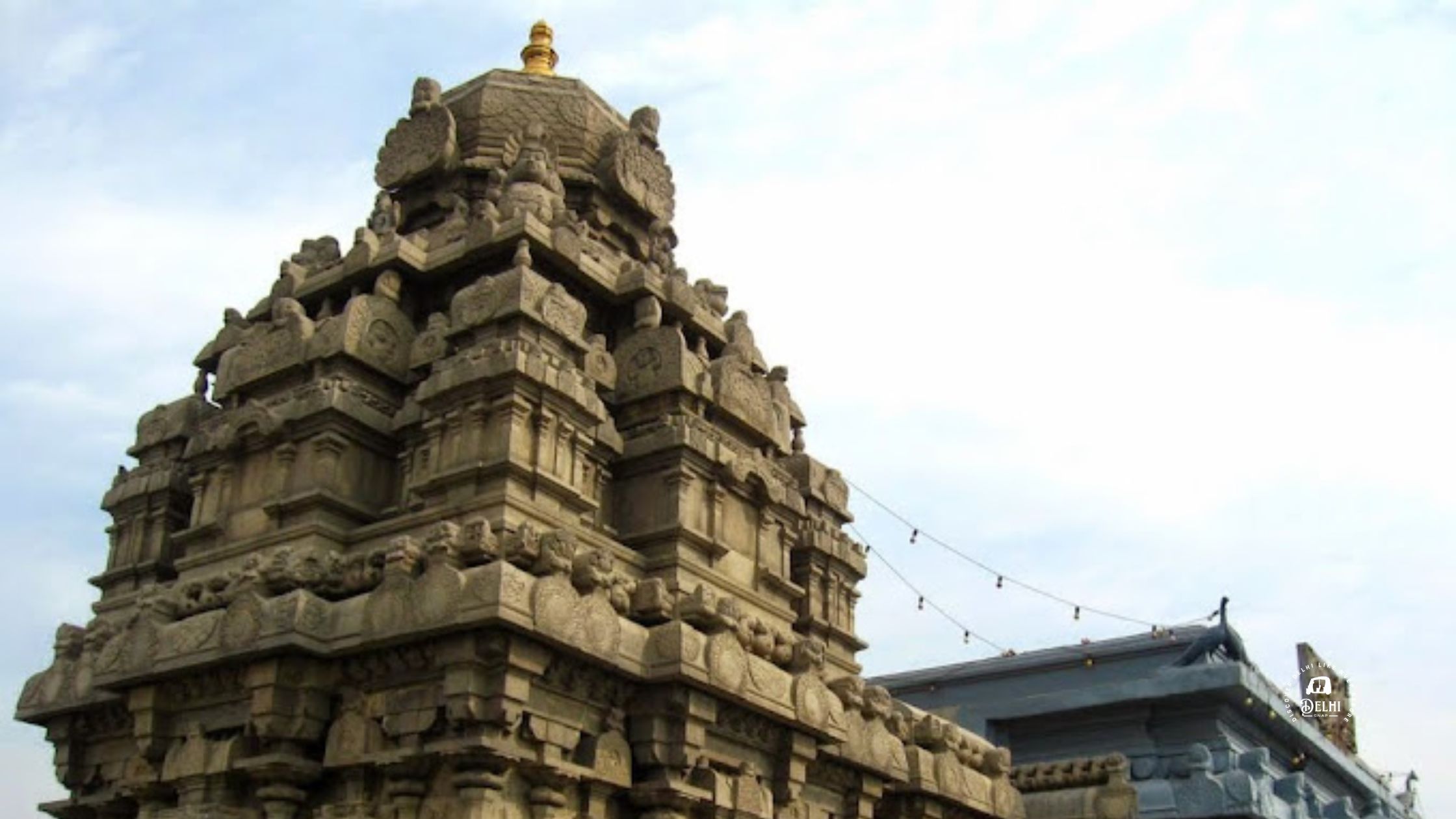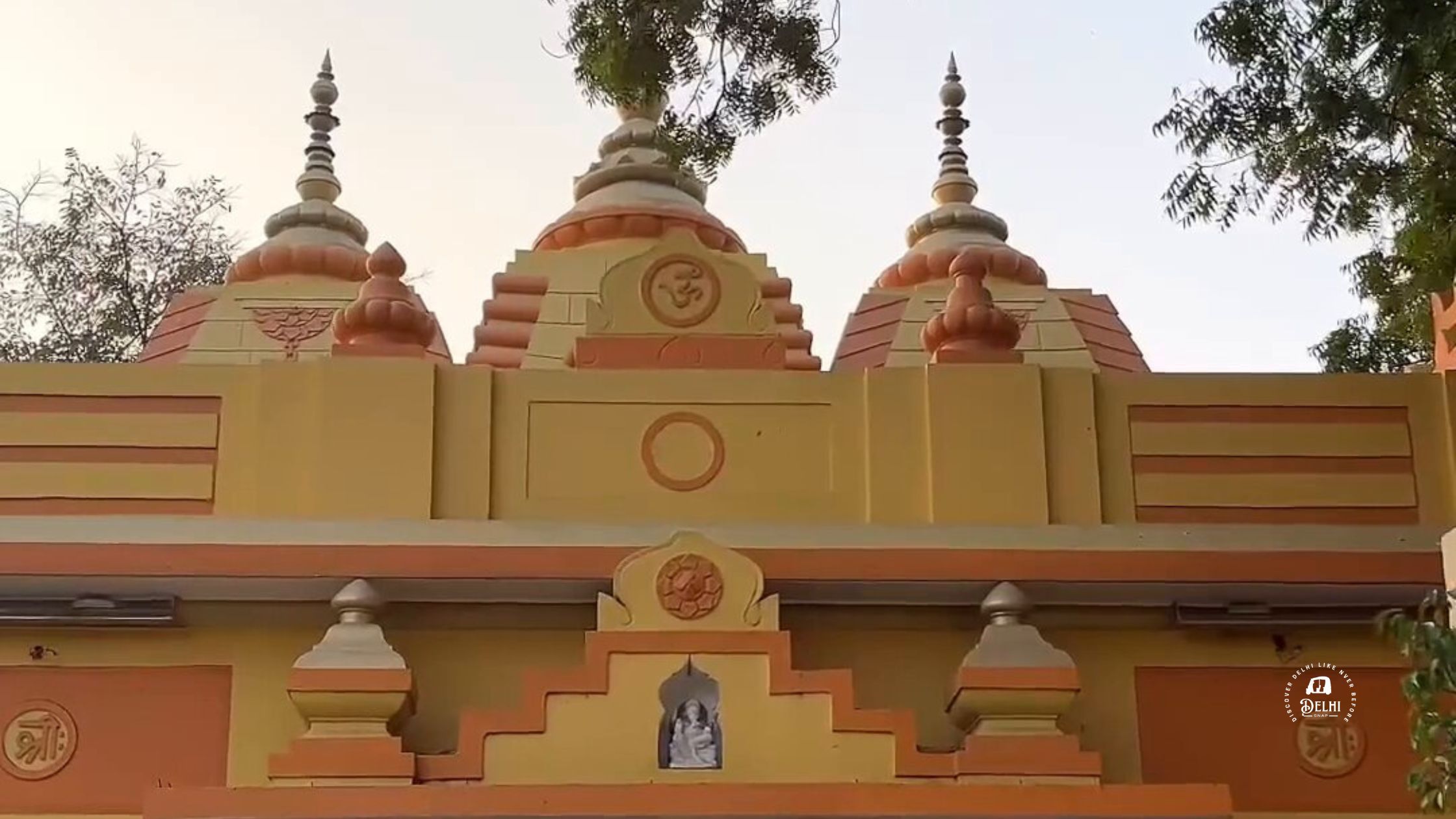Discover the enchanting city of Delhi, where ancient wonders and modern marvels coexist in perfect harmony. Among its many treasures lies a hidden gem of historical and mythological significance—the Yogmaya Temple. This sacred site stands as a testament to the worship of the deity Yogmaya, a unique and revered figure not found in any other temple in Delhi.
Legend tells of a time when Mehrauli, the temple’s location, was known as Yoginipuram, dedicated entirely to Yogmaya. This divine being, a reincarnation of Lord Vishnu and sister to Lord Krishna, possessed extraordinary powers. It is said that she vanished mysteriously, leaving behind an illusion in the form of Lord Krishna. Before her disappearance, she prophesied the demise of the tyrant Kansa at the hands of her brother.
Yogmaya, in Hindu mythology, symbolizes the divine illusion and is revered as the mother of all beings. Alongside her, the temple also houses idols of Lord Ram, Shiva, Ganesha, and other beloved Hindu deities.
Step back in time as you enter the Yogmaya Temple, also known as the Jogmaya Temple. Nestled in the heart of Mehrauli, just a stone’s throw away from the iconic Qutub Minar, this ancient Hindu shrine remains a well-kept secret. Hidden within the walls of Lal-Kot and surrounded by residential homes, the temple exudes a sense of tranquility amidst the bustling city.
While the Yogmaya Temple may not be widely known to the general public of Delhi, it holds deep cultural and religious significance for the residents of Mehrauli. Locals frequent the temple, engaging in daily worship and offering prayers. The temple’s day-to-day operations are overseen by the caring hands of the nearby community, with the head priest proudly preserving his family’s legacy for generations.
Believed to have been constructed by the Pandavas, the Yogmaya Temple stands as one of the few surviving remnants from the Mahabharata period, a testament to its rich history spanning over 5,000 years. Despite enduring damage and destruction by Ghazni, a Persian ruler from the 10th century, the temple was resurrected by the resilient residents of Mehrauli, who joined forces to safeguard their heritage.
Experience the vibrant festivities of “phoolwalon ki sair,” a captivating festival held every October in honor of Delhi’s flower sellers. Mehrauli boasts one of the city’s largest flower markets, attracting both Hindu and Muslim communities in large numbers. The festival commences at the dargah of Qutbuddin Bakhtiyar Khaki and culminates at the Yogmaya Mandir, where floral offerings and canopies are presented to the revered goddess Yogmaya. Legend has it that the tradition was initiated by Emperor Akbar’s Hindu wife, whose prayers to Yogmaya Devi were answered, inspiring a grand celebration.
In recent years, the “phoolwalon ki sair” festival has become a vibrant spectacle cherished by the residents of Mehrauli. It symbolizes communal harmony and integration, drawing the attendance of prominent politicians. The festival grounds transform into a lively fair, brimming with joyful activities such as kite flying and the traditional Indian sport of kabaddi. Delightful amusement rides entertain the children, while enticing food stalls tempt the taste buds of visitors.
If you find yourself in Delhi, a visit to the Yogmaya Temple is a must. Delve into the forgotten history of Lal Kot and immerse yourself in the captivating aura of this sacred place. While we await improved health conditions, remember to stay home and stay safe, eagerly anticipating the moment when you can embark on this extraordinary journey.




